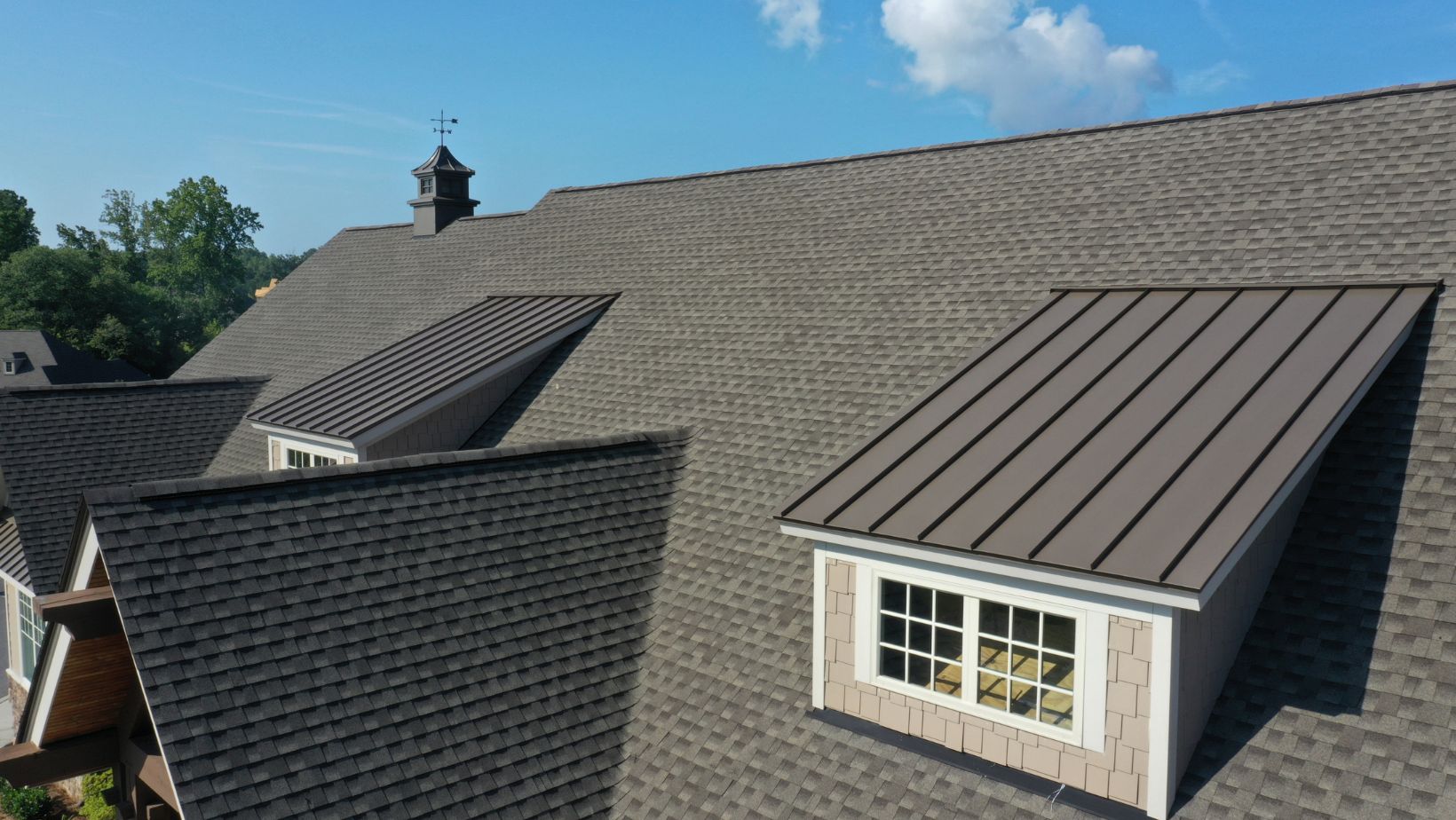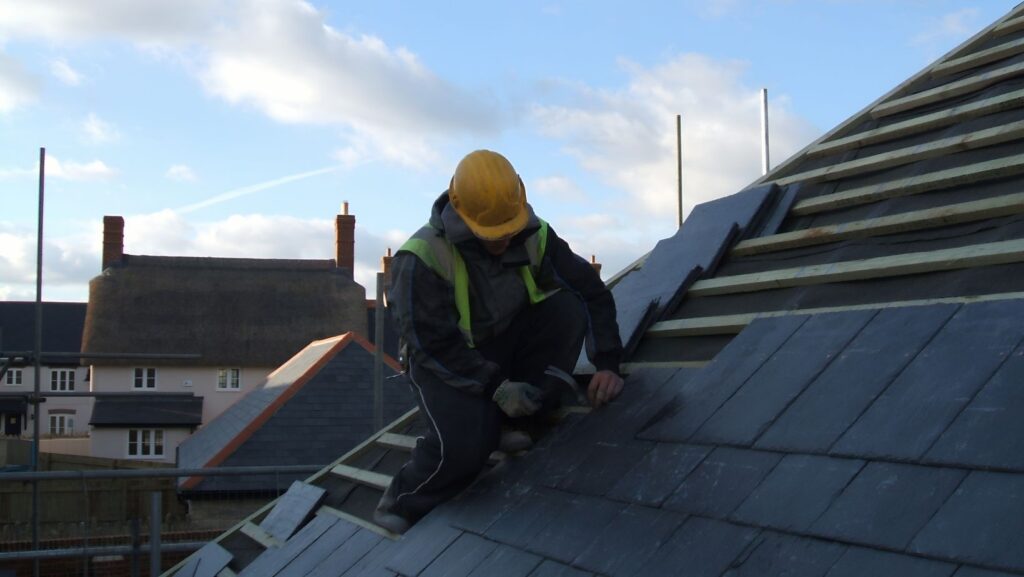When considering a roofing solution that is both durable and cost-effective, vinyl roofing stands out as an excellent choice. Vinyl roofing is a popular option for residential and commercial buildings due to its energy efficiency, low maintenance, and long lifespan. Whether you are looking for a new roof installation, a replacement, or simply researching the best materials available, understanding vinyl roofing can help you make an informed decision.
In this comprehensive guide, we will explore everything you need to know about vinyl roofing, including its benefits, types, installation process, maintenance requirements, and cost considerations.
What is Vinyl Roofing?
Vinyl roofing is a type of single-ply roofing membrane made from polyvinyl chloride (PVC). This material is known for its durability, flexibility, and resistance to harsh weather conditions. It is widely used in both residential and commercial applications, especially for flat and low-slope roofs. Vinyl roofing is available in various colors and thicknesses, providing homeowners and business owners with aesthetic and functional options.
Benefits of Vinyl Roofing
1. Durability and Longevity
One of the key advantages of vinyl roofing is its long lifespan. A well-maintained vinyl roof can last between 20 to 30 years, making it a cost-effective investment.
2. Weather Resistance
Vinyl roofing is highly resistant to extreme weather conditions, including heavy rain, snow, and high winds. It is also resistant to fire, chemicals, and UV radiation, which extends its lifespan.
3. Energy Efficiency
Many vinyl roofing membranes come with reflective coatings that help reduce heat absorption. This contributes to lower cooling costs during hot months, making it an environmentally friendly roofing option.
4. Low Maintenance
Compared to other roofing materials, vinyl roofs require minimal maintenance. Regular inspections and occasional cleaning are usually sufficient to keep the roof in good condition.
5. Lightweight Material
Vinyl roofing is lightweight, which reduces the strain on a building’s structure. This makes it ideal for both new construction and retrofitting older buildings.
6. Waterproof and Leak-Resistant
Vinyl roofing systems are designed to be waterproof, preventing leaks and water damage. This makes them an excellent choice for flat roofs, where water pooling can be an issue.
Types of Vinyl Roofing
There are different types of vinyl roofing systems, each designed to meet specific needs. Here are the most common types:
1. PVC Roofing Membrane
PVC (polyvinyl chloride) roofing is the most popular type of vinyl roofing.

It consists of two layers of PVC with a reinforcement layer in between, providing enhanced strength and flexibility.
2. Vinyl-Coated Metal Roofing
Vinyl-coated metal roofing combines the strength of metal with the waterproofing capabilities of vinyl. This hybrid roofing solution offers enhanced durability and energy efficiency.
3. Vinyl Roof Tiles
For homeowners who prefer a more traditional look, vinyl roof tiles provide the appearance of clay or slate but with the added benefits of durability and low maintenance.
4. TPO Roofing (Thermoplastic Polyolefin)
While not purely vinyl, TPO roofing shares many characteristics with PVC roofing. It is a cost-effective alternative that offers flexibility and weather resistance.
Vinyl Roofing Installation Process
The installation of a vinyl roofing system requires careful planning and professional expertise. Here is an overview of the process:
1. Inspection and Preparation
Before installation, the existing roof structure is inspected for any damage or weaknesses. Any necessary repairs are made to ensure a solid foundation for the new roofing system.
2. Choosing the Right Membrane
The thickness and color of the vinyl roofing membrane are selected based on the building’s requirements and aesthetic preferences.
3. Surface Preparation
The roof surface is cleaned and prepared for installation. A base layer may be applied to improve adhesion and insulation.
4. Membrane Application
The vinyl roofing membrane is rolled out and secured using either an adhesive, mechanical fasteners, or heat-welded seams. The seams are sealed to prevent water infiltration.
5. Final Inspection and Cleanup
Once the installation is complete, the roofing contractor conducts a final inspection to ensure proper sealing and installation. The work site is then cleaned up, leaving the new roof ready for use.
Maintenance Tips for Vinyl Roofing
Proper maintenance extends the lifespan of a vinyl roof and ensures it remains in top condition. Here are some key maintenance tips:
- Regular Inspections – Inspect the roof at least twice a year and after major storms to check for any damage.
- Keep the Roof Clean – Remove debris, dirt, and algae buildup to prevent damage and maintain the roof’s appearance.
- Check for Ponding Water – Flat roofs can develop ponding water, which can cause long-term damage. Ensure proper drainage to avoid water accumulation.
- Repair Small Issues Promptly – Address minor cracks or punctures immediately to prevent them from becoming bigger problems.
- Schedule Professional Maintenance – Hire a roofing professional every few years to conduct a thorough inspection and perform necessary maintenance.
Vinyl Roofing Cost Considerations
The cost of vinyl roofing depends on several factors, including the size of the roof, the type of membrane, and installation complexity. Here are some general cost estimates:

- PVC Roofing Membrane: $5 – $10 per square foot
- Vinyl-Coated Metal Roofing: $7 – $12 per square foot
- Vinyl Roof Tiles: $6 – $10 per square foot
- TPO Roofing: $4 – $8 per square foot
Additional costs may include insulation, labor, and permits. While vinyl roofing may have a higher initial cost than some other materials, its longevity, and low maintenance requirements make it a cost-effective choice in the long run.
Comparing Vinyl Roofing to Other Roofing Materials
|
Roofing Material |
Durability |
Maintenance |
Cost |
Energy Efficiency |
|
Vinyl Roofing |
20-30 years |
Low |
Moderate |
High |
|
Asphalt Shingles |
15-25 years |
Moderate |
Low |
Moderate |
|
Metal Roofing |
40-70 years |
Low |
High |
High |
|
Slate Roofing |
50-100+ years |
Low |
Very High |
High |
|
Wood Shingles |
20-30 years |
High |
Moderate |
Moderate |
As shown in the table above, vinyl roofing offers a balanced mix of durability, affordability, and energy efficiency, making it an excellent option for many property owners.
Conclusion
For those looking for a roofing solution that is long-lasting, low-maintenance, and energy-efficient, vinyl roofing is a top contender. With its resistance to harsh weather, fire, and chemicals, it is an ideal choice for both residential and commercial buildings. By selecting the right type of vinyl roofing, hiring a professional contractor, and maintaining the roof properly, you can enjoy the benefits of a high-performance roofing system for decades.
If you’re considering a vinyl roof for your property, reach out to experienced roofing professionals for expert advice and a free estimate. Investing in vinyl roofing today can provide long-term protection and savings for years to come.


More Stories
How to Find Great Bel Air MD Roof Replacement Companies
How Artisan Materials Like Clé Tile Can Boost Your Home’s Value
Water-Wise Gardening: The Key to a Drought-Resistant Landscape